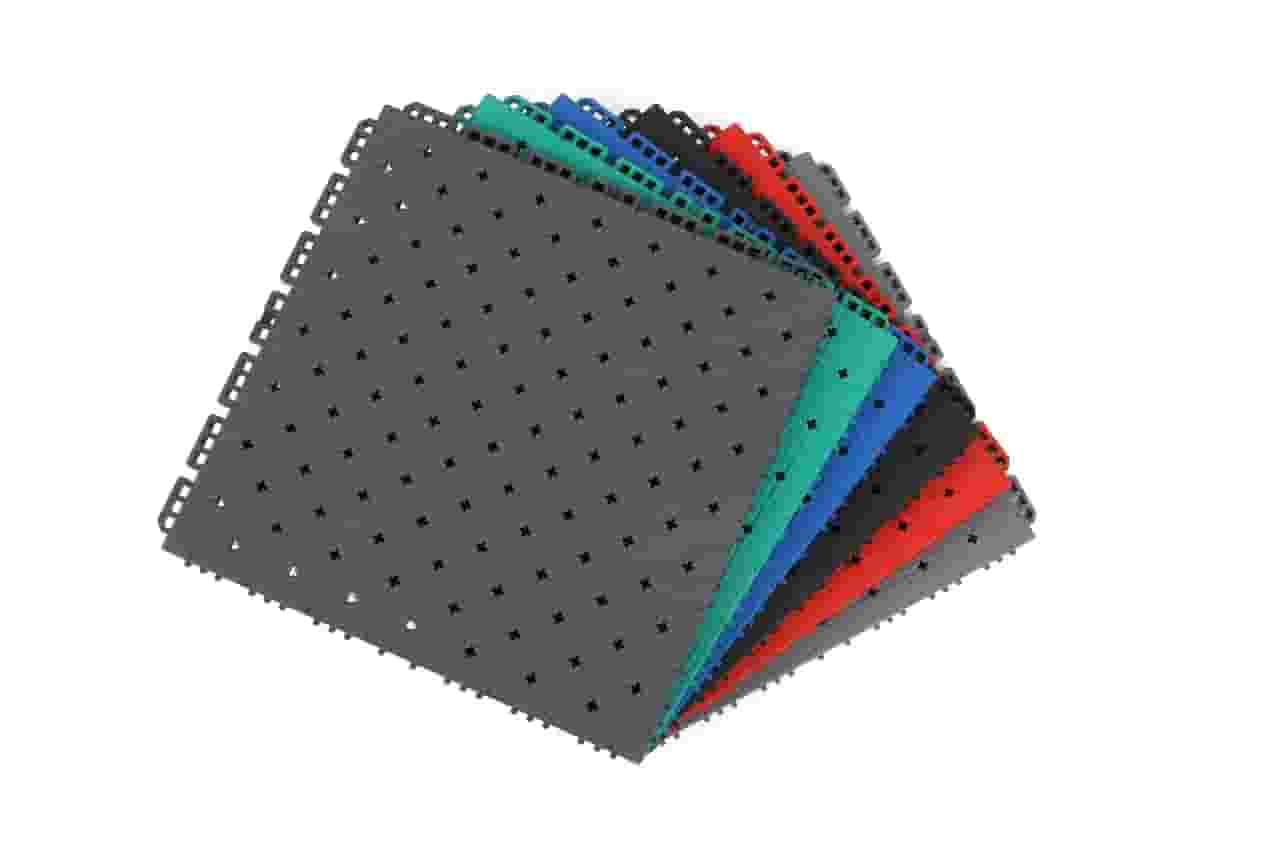Rhag . 10, 2024 00:36 Back to list
Versatile Outdoor Sports Court for Backyard Activities and Family Fun
Creating the Perfect Backyard Multi-Purpose Court A Comprehensive Guide
In today’s fast-paced world, finding space for recreation and relaxation has become increasingly essential. One of the most effective ways to enhance your outdoor living area is by creating a multi-purpose court in your backyard. This versatile space can facilitate a variety of sports and activities, from basketball and tennis to volleyball and pickleball. In this article, we will delve into the benefits, design considerations, and practical steps for building the perfect backyard multi-purpose court.
Benefits of a Multi-Purpose Court
1. Versatility The primary advantage of a multi-purpose court is its ability to accommodate various sports. Whether you’re interested in shooting hoops, practicing your tennis serve, or playing a friendly game of volleyball, having a dedicated space means you can indulge in multiple activities without needing to travel.
2. Promoting Physical Activity A backyard court encourages everyone in the family to engage in physical activities. This can help combat obesity and sedentary lifestyles, especially for children and teenagers. Regular physical activity also promotes better mental health and enhances overall well-being.
3. Convenience It's far more convenient to have recreational facilities just a few steps away from your door. No more commuting to a gym or park—on a whim, you and your family can step outside for some exercise or fun.
4. Socialization A multi-purpose court serves as an excellent gathering place for friends and family. It fosters a spirit of teamwork and camaraderie, whether you’re competing in a friendly match or simply enjoying a casual game.
Designing Your Multi-Purpose Court
Before diving into construction, careful planning is essential to ensure your court meets your needs while fitting well within your backyard space.
1. Space Assessment Measure your backyard to determine how much room you have available. A standard basketball court requires about 94 feet by 50 feet, while a smaller space can serve well for a half-court setup. If you're looking to integrate another sport, like tennis, adjust your measurements accordingly.
2. Surface Selection The surface of your court is vital for durability and performance. Common options include asphalt, concrete, and specialized sports tiles. Each material has its benefits; for example, asphalt is economical and provides good traction, while sport tiles can offer better shock absorption and are easier to install.
backyard multi purpose court

3. Court Markings Depending on the sports you wish to play, you’ll need to outline markings on your court. A versatile layout might include lines for basketball, tennis, and even a small volleyball court. You can use paint for permanent markings or tape for a temporary setup.
4. Fencing and Lighting A boundary fence can enhance your court’s usability by preventing balls from rolling into neighboring yards. Additionally, consider installing lighting if you plan to use the court during the evening. LED floodlights are energy-efficient and can illuminate your court effectively.
5. Extra Amenities To make the most of your multi-purpose court, think about adding additional amenities. Benches for resting, a storage shed for equipment, or even a small shade structure can enhance the experience for users of all ages.
Construction Steps
1. Planning and Permits Check with local zoning laws to determine if you need a permit to build a sports court. This step is crucial to avoid any legal complications down the line.
2. Preparing the Area Clear the designated space of any vegetation, debris, or uneven ground. Leveling the ground will set a proper foundation for your court.
3. Installation Depending on your choice of surface, the installation process may vary. If you opt for concrete or asphalt, hiring professionals might be the best course of action. For modular sports tiles, you can typically handle this as a DIY project.
4. Finishing Touches Once the surface is in place and the court markings are applied, add any additional features, such as fencing, lighting, and seating.
Conclusion
Creating a backyard multi-purpose court is an investment that pays off in health, happiness, and social connections. With careful planning and implementation, your outdoor space can transform into a hub of activity that brings family and friends together. So, whether you’re shooting hoops or enjoying a friendly tennis match, your new court will be a priceless addition to your home. Embrace the outdoors, foster family fun, and cultivate a love for sports with your very own backyard multi-purpose court!
-
Premium Outdoor Court Tiles: Durable & Slip-Resistant
NewsAug.04,2025
-
Premium Outdoor Tennis Court | Durable & Weather-Resistant
NewsAug.03,2025
-
Wood Sports Flooring Enhanced by GPT-4-Turbo | Top Performance
NewsAug.02,2025
-
Sport Court Tiles with AI Innovation | Durable & Safe
NewsAug.01,2025
-
Vinyl Carpet Flooring | Durable & Waterproof Design
NewsJul.31,2025
-
Premium Basketball Board Stand with GPT-4-Turbo AI
NewsJul.31,2025

